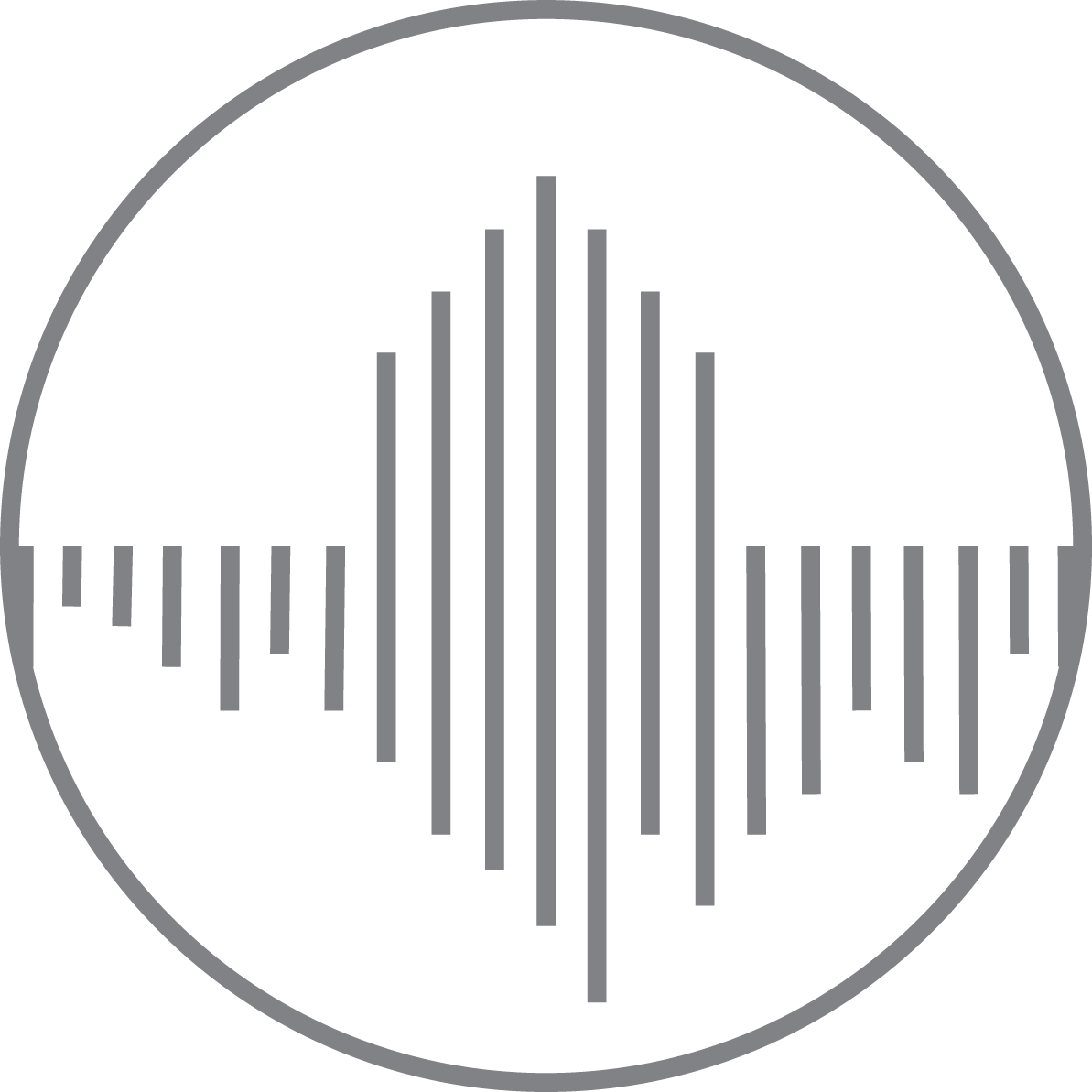REDUCING STRESS AND COST WITH THE EFFORT CURVE
Save money, Design efficiently, and Build with cohesion.
As we know it:
The traditional construction process encourages a fractured team, inflated costs and a recipe for disappointment. At the foundation of the project, there is an agreement between the client and the architect, and there is no sign of a builder.
Any cost implications during the project are seen to be at the discretion of the builder, but this is a false dichotomy - the biggest influences on cost are the size of the building and the complexity of the design. These influencers are all well and truly decided before a builder is signed up.
The builder, to combat this inevitable doom, has to get legal! There is a need for low priced tenders to win jobs, so builders employ crafty advisers or surveyors that can look at design documentation and specifications, identify “design gaps” (variations) and create a tender package with the knowledge that further cost will be available through said variations (note - these more often than not don't even result in large profits!)
This is a whole lot of smarts that would be beneficial to have at the start of the project!
An Alternative:
Remember, the goal is to save money, design efficiently, and build with cohesion. We create an agreement at the very beginning of the project between the client, architect and builder. There is a very small builder service cost (maybe $5k-$10k depending on the size of the project).
The benefits:
We save money through efficiencies, reduced number of variations and reduced processing fees for those variations. It is cheap to make changes early, but it is expensive to make changes later: solved.
We design efficiently with the addition of real-world buildability contractor knowledge. A quality builder with a high level of knowledge in architectural passive house details is fundamental to a successful project.
We build cohesion with a combined ownership of the outcome between the contractor, the client, and the architect.
The builder may not necessarily have the contract for the construction aspect of the project, however, they will play an integral role in the early stages of design; ensuring that any design features or changes are accompanied by an understanding of budget impacts.
Architectural practices, as they stand, do not carry a sophisticated knowledge of the cost of different designs, so the design team now gets both advice on improved designs that take into account construction methods and cost efficiencies.
When the builder is involved in the process from day one they inevitably grow ownership of the outcome, of budget and cost, and ownership of professionalism. That ownership is now shared by the design team.
The downside:
We might start building less-grand houses… that meet budgets.
